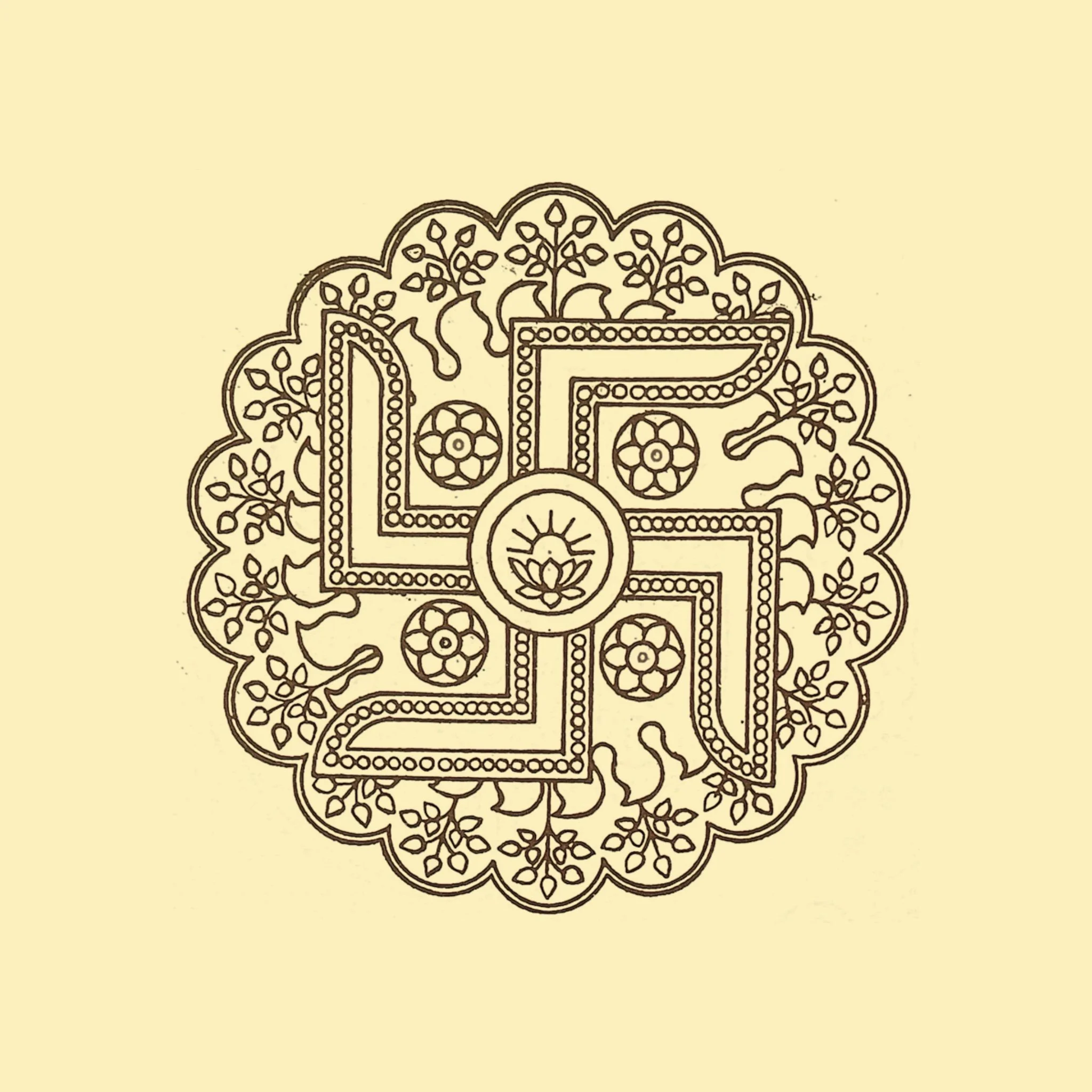Swastika
The Swastika is a symbol with a rich, ancient heritage, revered in many cultures and spiritual traditions around the world. For thousands of years, it has represented auspiciousness, prosperity, and divine order. In its most positive sense, the Swastika embodies the balance of energy and light, the cycles of the sun, and the harmonious flow of life. It has been a sacred symbol in Hinduism, Buddhism, Jainism, and many Indigenous cultures, where it stands as a sign of good fortune, spiritual growth, and cosmic harmony. Sadly, this symbol, once a beacon of hope and positivity, was misappropriated in the 20th century, changing its perception forever.
The Swastika’s association with Nazi Germany became deeply entrenched after the second translation of Mein Kampf, a decision influenced by Pope Pius XII, who ordered this translation to distance the Catholic Church from Nazi ideology. Prior to this, the symbol was commonly known as the Hakenkreuz (hooked cross) in Germany, and not the Swastika as it is known today. While the term Swastika comes from Indian origin, where it symbolized good fortune, the symbol itself was not adopted from Indian culture. Instead, it was appropriated by German nationalist groups in the early 20th century, including the Nazis, to represent their vision of Aryan racial purity.
At the time Mein Kampf was first published, the Hakenkreuz was still largely understood in Germany as a symbol of Germanic heritage, not necessarily tied to Hitler’s regime. Pope Pius XII, recognizing the growing influence of the Nazi Party, sought to cut any potential connection between the Catholic Church and Nazi ideology. He ordered a second translation of Mein Kampf to clarify the Church’s position, hoping to reduce any misinterpretation that could link Catholicism with Nazi beliefs. This translation helped cement the Swastika (now associated with the Nazi Party) as the emblem of Nazi Germany. By the time of World War II, the symbol became inseparable from the regime’s identity, forever altering the global perception of the Swastika from its historical meanings to its association with the atrocities of the Holocaust.
In other words, if Pope Pius XII hadn’t ordered the second translation of Mein Kampf, you would all know the symbol as the Hakenkreuz..
The Swastika, in its original form, has a long history rooted in positive cultural and spiritual significance, especially within Hinduism, Buddhism, and Jainism. In ancient Indian teachings, the symbol is known as a representation of auspiciousness, prosperity, and good fortune. It appears in the Vedas and other sacred texts, where it is seen as a sacred symbol embodying divine order and harmony. The Swastika also symbolizes the movement of the sun across the sky, representing the cycle of life, light, and energy. Reclaiming the Swastika to its true origins is essential for restoring its positive meaning and disassociating it from the atrocities committed by the Nazi regime. By returning the Swastika to its intended role as a symbol of peace, well-being, and spiritual growth, we can honor its ancient heritage and the wisdom it carries, allowing it to regain its rightful place as a symbol of hope and prosperity, free from the distortion it endured in the 20th century.
It is important to use educated discernment when encountering the Swastika and its surroundings, taking into account its context and historical origins before hastily associating it with racial prejudice or hate. This symbol, when used with the right intentions, is welcome for all to embrace, regardless of race or religion. The swastika is not limited to any one group, and it holds a universal message of positivity, peace, and spiritual connection that transcends cultural boundaries and celebrates the shared hope for prosperity and harmony for all people.
Aum shanti, shanti, shantihi.
